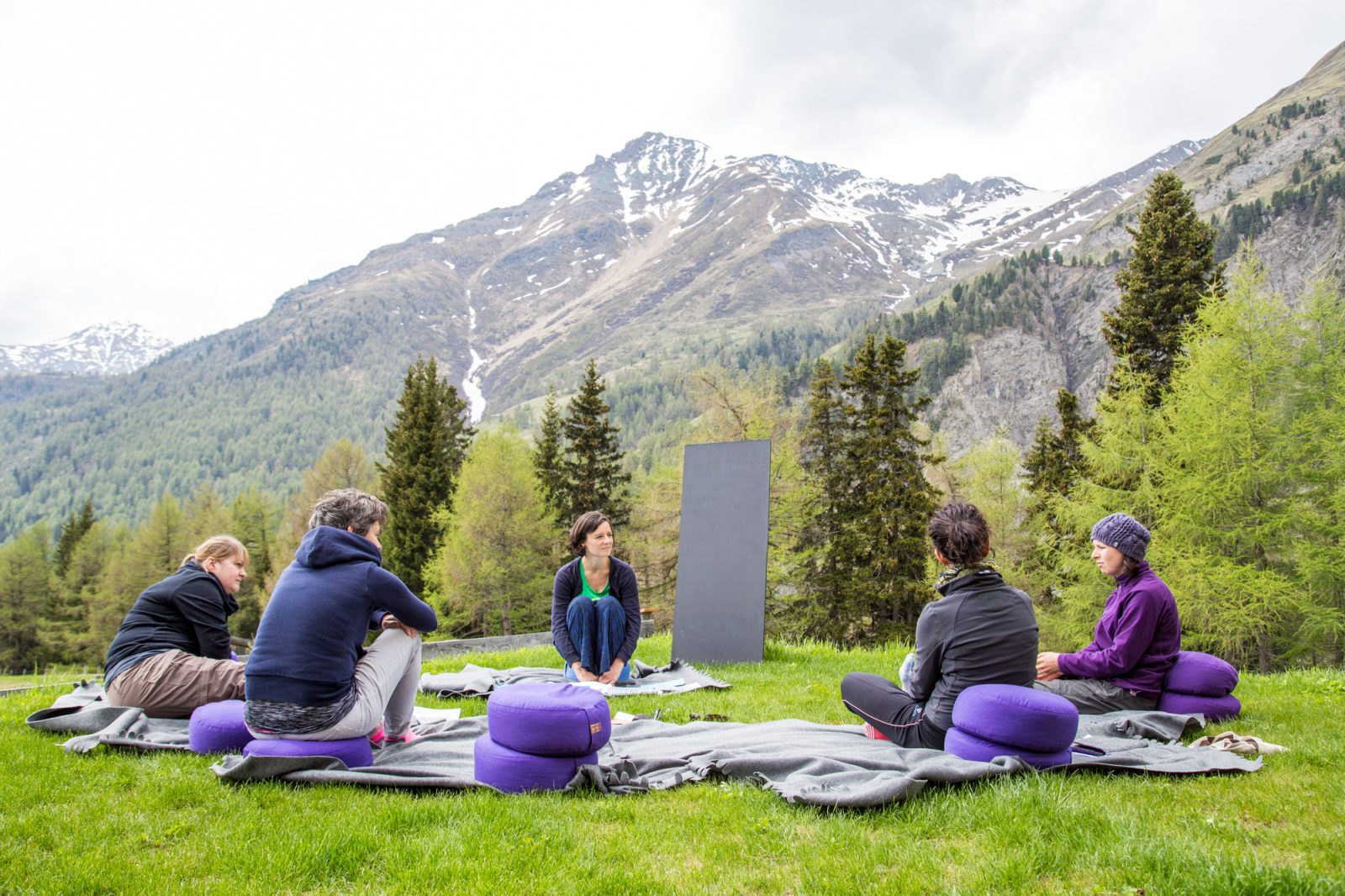Unlike flesh-eating zombies or serial killer dolls, real-life fears are more complex and often hold people back from living their best life. However, with daily practices and mindset shifts, you can tackle these 8 biggest fears and conquer them once and for all.
A fear can be so intense that you go to extreme lengths to avoid it—even if it means inconveniencing yourself or changing your lifestyle. The results of the Chapman University Survey of American Fears are in. Here are the top 10 fears of Americans:
1. Fear of the Dark
Fear of the dark, also known as nyctophobia, is a common fear that people have. It can be triggered by a variety of things, such as having a negative experience in the dark or linking darkness to past events or ideas.
Children typically go through a phase of being afraid of the dark, and most people grow out of it by adolescence. However, some people can develop a phobia that lasts longer or affects their life in a significant way.
A phobia is an extreme or irrational fear that can cause anxiety and can lead to avoidance behaviours. People should seek help for a phobia when it interferes with their work, social life and sense of safety. This may include a therapist or psychologist who can provide coping and calming strategies.
2. Fear of Water
Fear of water (thalassophobia) is a specific phobia that can be caused by a number of factors. This may include a traumatic experience or a lack of exposure to bodies of water. It can also be triggered by negative depictions of water such as in movies and television shows.
This phobia can be treated using a variety of therapies such as CBT and desensitisation techniques. Yoga and meditation are long-term strategies that can help to reduce the impact of this phobia on everyday life by reducing negative thoughts, feelings and behaviours.
3. Fear of Vomiting
It is no secret that nobody enjoys throwing up. But for some people the fear of vomiting — known as emetophobia — can seriously impact their quality of life. They may avoid traveling for fear of getting motion sickness, limit their exposure to children because they might get sick or avoid restaurants out of concern that the food could make them ill.
A therapist can help someone with emetophobia overcome their symptoms and learn ways to cope with them. The underlying causes of this fear vary from person to person, but many have experienced some kind of traumatic event that triggered the phobia.
People with emetophobia often engage in rituals to prevent themselves from getting sick, such as frequently checking their temperature or overcooking their food to kill bacteria. This can lead to anxiety and even panic attacks.
4. Fear of Enclosed Spaces
The fear of enclosed spaces can manifest as claustrophobia, an anxiety disorder that causes intense fear and panic when you are exposed to a feared situation or object. People with claustrophobia avoid situations like airplanes, elevators, small cars, basements, and MRI machines, often leading to significant distress or disability.
In previous surveys fears centered around environmental degradation dominated the top 10. However, in 2020/21 the fear of pollution of oceans, rivers, and lakes dropped off the list as Americans’ attention was drawn elsewhere during the coronavirus pandemic.
Crime issues also dominated the top 10, with fears of mass shootings, physical assault, and identity theft topping the list. Women were more afraid of the latter than men. Fears of rodents, especially mice, also ranked highly.
5. Fear of Animals
For some people, the idea of being around a wild animal provokes an irrational level of fear that significantly outweighs any real danger. This is known as Agrizoophobia, and it’s fairly common.
Mouse-based phobias are very common as well, with many people affected by musophobia. Others may suffer from the irrational fear of snakes with ophidiophobia, while some get a lot of anxiety at the thought of worms with helminthophobia/scoleciphobia.
While the irrational fears of clowns, ghosts, and zombies may be more entertaining to talk about, more serious anxieties have made it into the list of America’s biggest fears. For example, a fear of Russia using nuclear weapons climbed into the top 10 fears this year, thanks to media coverage of the ongoing war with Ukraine.
6. Fear of Spiders and Insects
Arachnophobia, the fear of spiders and other arachnids, is a common fear. Millions of people worldwide suffer from this phobia, which may be the result of early exposure to nursery rhymes featuring creepy crawlies or negative social experiences with spiders.
In a study of arthropods, researchers showed participants various specimens and asked them to rate them on scales of fear, disgust and beauty. They found that the larger species had higher ratings for all three emotions. Arachnids (spiders, scorpions and other arachnids) were the highest-rated creatures, followed by bees, ants and other insects, and then crabs and beetles. Only a small number of spider species have venom that can cause medically significant bites. The rest do not cause illness.
7. Fear of Flying
Despite the fact that plane crashes are rare and even more so than other natural disasters people still fear flying. This is probably linked to the media coverage of air disasters and a feeling that we are out of control when in a plane. For some the fear is actually a type of vertigo.
Financial fears were also prominent during the pandemic with Americans concerned about being unable to afford treatment and afraid that political differences could cause rifts in relationships. In general those with higher incomes seemed more fearful of financial setbacks than those with lower earnings.
If your fear of flying interferes with your life try a phobia treatment program that uses exposure therapy. You may need to take medication in the short term to help you get through the exposure but over time the technique should help.people’s biggest fears








Leave a Reply